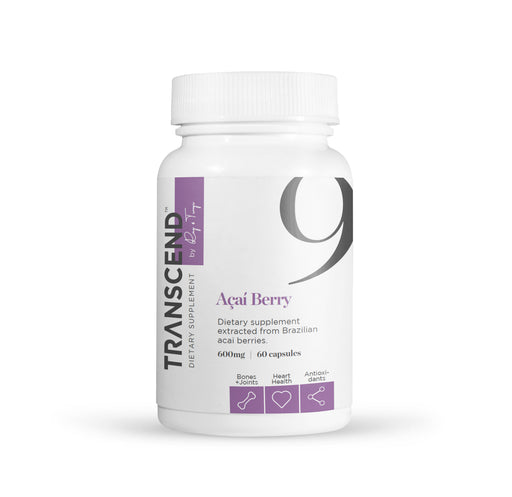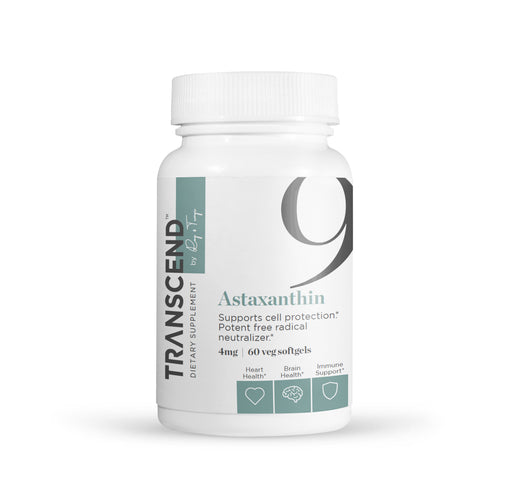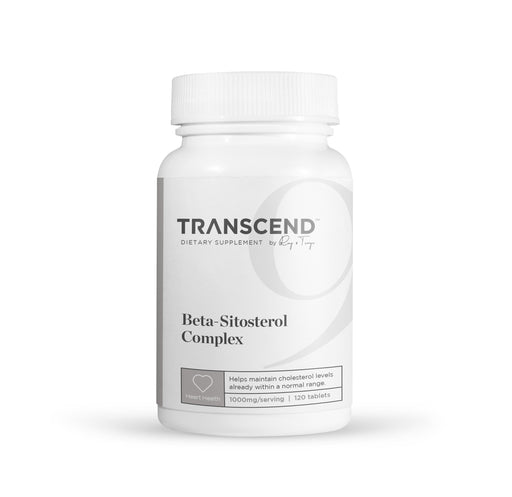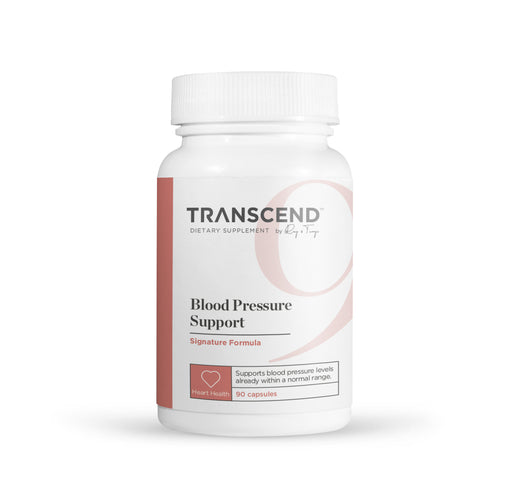
Acai Extract
Support with Increase blood antioxidant capacity Maintain proper cellular function Protect cardiovascular health The Acai Berry is a small deep ...
View full details
At its simplest, wearable tech is any electronic device designed to wear on the body. These devices can include clothing, jewelry, accessories, or medical devices—everything from smartwatches and fitness trackers to augmented reality (AR) headsets. Wearables use smart sensors to track our movements and biometrics, sending that data to some other device, often a smartphone, for analysis and review.
Wearable tech can range in sophistication and application, but as one of the fastest-growing fields in technology, right now, its uses appear limited only by our imaginations.
Wearable technology may seem brand new, but we've been finding ways to make our favorite toys and tools portable for centuries now. An Italian invented eyeglasses sometime in the 13th century, and an astoundingly tiny abacus ring from the Qing Dynasty made the media rounds in 2014 as an early example of wearable tech.
For examples a little closer to home, it was only 40 years ago that the Walkman revolutionized portable music and calculator wristwatches seemed like the height of innovation. Today, you can find those once-groundbreaking features—portable music, watch, and calculator—included as some of the most basic tools in any modern smartwatch or phone.
As we continue to make technological advances, though, our ambitions for wearables continue to climb. Contemporary wearable technology has grown beyond mere entertainment, now extending into the worlds of fitness, wellness, and health.
Today, you might track your weight loss goals via a wearable fitness tracker. Perhaps you own a pair of truly wireless headphones, like Apple's AirPods. You might even use a personal meditation device like Muse® to help you master your mindfulness practice. As it stands, most current wearables focus on fitness and general hands-free ease. Still, the area in which we're likely to see the most significant advances in the future is actually preventative health.
If you're a fan of Ray Kurzweil and Terry Grossman's work, you know that the nine steps of TRANSCEND go beyond exercise, supplements, and proper nutrition. While those measures are foundational, the ultimate goal of better health maintenance today is building a better future tomorrow. That's where Step 8 of TRANSCEND comes in: New Technologies.
In Step 8, Ray and Terry argue that as health and medicine become information technologies, they become subject to Ray's law of accelerating returns. Though new health technologies are in their infancy today, they'll become exponentially more powerful in the future. With the singularity predicted for 2045, nanobots—or microscopic robots in our bloodstreams that work to keep our cells healthy, nourished, and detoxified—should be on their way by the 2030s.
At this year's Consumer Electronics Show (CES), health technology took center stage, with products designed to address everything from sleep and relaxation to heart health and aging. We may not have reached truly preventative technological care yet, but we're on our way.
Sleep
Major companies are now investing heavily in the sleep-health space. Phillips' Deep Sleep headband promotes better rest by boosting the time you spend in "slow wave" or deep sleep. As previous studies have shown, people who regularly get less than six hours of sleep per night are at an increased risk of premature death when compared to those who get six to eight hours.
Heart Health
OmronHealthcare's HeartGuide claims to be the first "clinically accurate, wearable blood pressure monitor," designed to help you track and understand how your behaviors impact your heart health. As we know, roughly 735,000 Americans will experience a heart attack this year alone, even though cardiovascular-related emergencies are almost entirely avoidable.
Aging
AARP's Innovation Labs is taking a proactive approach to tackling the problems faced by older adults. They're collaborating with startups to support projects like Sana Health, which aims to reduce chronic severe pain with a wearable that uses pulsed light and sound. VoiceItt, another Innovation Labs partner, has built technology that recognizes unintelligible speech in real-time. VoiceItt helps people with severe speech impediments be quickly and easily understood.
Though health tech like nanobots may seem lightyears away, if the moves made by technology's most prominent players are any indication, we're well on our way.
Just this year, Apple CEO Tim Cook suggested that the tech giant is taking significant steps into preventative wearable technology now. At a recent panel, Cook said, "Most of the money in healthcare goes to the cases that weren't identified early enough. It will take some time but things that we are doing now — that I'm not going to talk about today — those give me a lot of cause for hope." In late 2019, Google acquired Fitbit, the biggest name in fitness trackers, in an apparent bid to enter the health wearables market.
If you want to make longevity a priority, your next steps should be clear. Take advantage of today's latest health, science, and technology so that you're around to enjoy the advances of tomorrow.

Support with Increase blood antioxidant capacity Maintain proper cellular function Protect cardiovascular health The Acai Berry is a small deep ...
View full details
Healthy Eyes, Brain and Nervous System Potent carotenoid antioxidant Promotes healthy anti-inflammatory response Formulated with Zanthin® for eye...
View full details
Beta-Sitosterol Complex 1000 mg * (Plant phytosterols, including beta-sitosterol, campesterol, stigmasterol, brassicasterol, and sitostanol.) Main...
View full details
A Kurzweil + Grossman Formula Heart Health Maintain normal blood pressure Protect organ health Natural ingredients Blood pressure is composed of...
View full details
Leave a comment